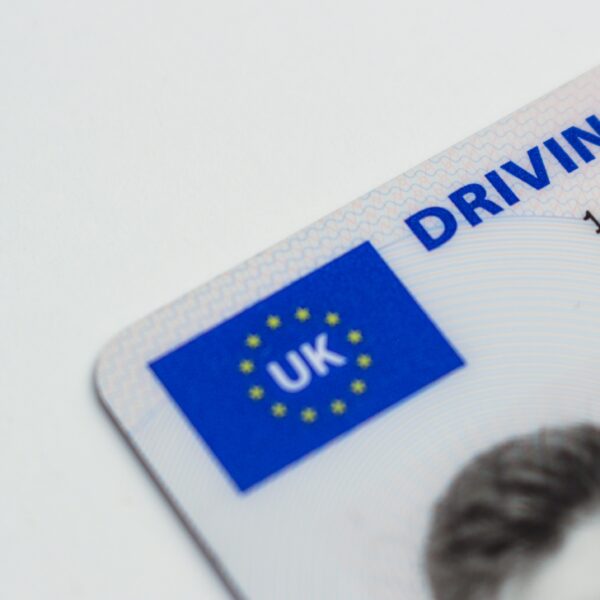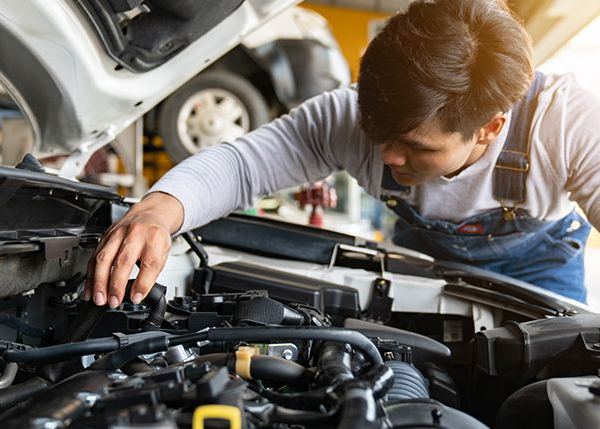Grinding, squealing brakes are not only a nuisance, they can put you in danger as you navigate busy streets and winding roads. If you haven’t performed this essential repair yet and it’s time to restore your braking system, learn how to replace brake pads with affordable and high-quality auto parts.
Signs You Need to Replace Your Brake Pads
The most common issue with your brake system is worn-out brake pads. If you experience any difficulty braking, it’s typically a sign that you need new pads. As your brakes operate, your brakes are subjected to a great deal of stress and friction. Over time, even the most durable friction pads begin to wear down. Once the friction pad material is gone, damaged or compromised, you’ll experience slower braking times, a shaking steering wheel, pulsation from your pedal or grinding noises.
Removing Your Old Brake Pads
Grab all the gear you need and pull into your garage or a smooth work area to begin replacing your brake pads. Here are some parts and accessories that you’ll need to enjoy a hassle-free maintenance project:
- New brake pads
- New brake rotors
- Premium brake fluid and cleaner
- Disc brake pad spreader set, torque wrenches and other hand tools
Brush up on how to bleed brakes, and consider replacing your brake fluid when you replace your pads for a comprehensive maintenance project. Otherwise, you may still have the same braking issues.
Replacing Brake Pads
Before you begin, be sure you have your vehicle on firm, secure vehicle jacks. Wear your protective gear and assembly all your parts in a safe, dry location. Check out your brake fluid level. If it’s too low, you’ll want to replace your brake fluid as well. Otherwise, you’ll want to be sure your fluid is slightly less than full, otherwise it may spill out as you adjust the brake caliper pistons.
Remove your wheel, caliper bolts and calipers. Every vehicle has a slightly different method of removing your caliper, so review your owner’s manual. You should be able to access your old brake pads. Remove them and inspect them for signs of wear.
Any uneven wear pattern could be caused by an issue with your calipers or caliper piston. Many brake pads come with patterns that make it easy to determine whether it’s time to replace them. If you determine that you still need to replace your brake pads, remove the brake rotors as well.
Thoroughly clean the rotor mounting surface with a wire brush before cleaning and installing your new rotors. After that, you’ll replace all the existing hardware, install your new brake pads and install your old brake calipers, unless they also need to be replaced.
Buying the Best Brake Pads
After you’ve put your vehicle back together, it’s time to take it for a test drive. There are a wide variety of aftermarket and OEM brake pads available, so shop for the leading brands and discounts on auto parts for all your maintenance projects. Take on any project with confidence once you have the right tools, techniques and reliable parts.
Image Credits: redhead_jesss




Like this article? Share with your friends!